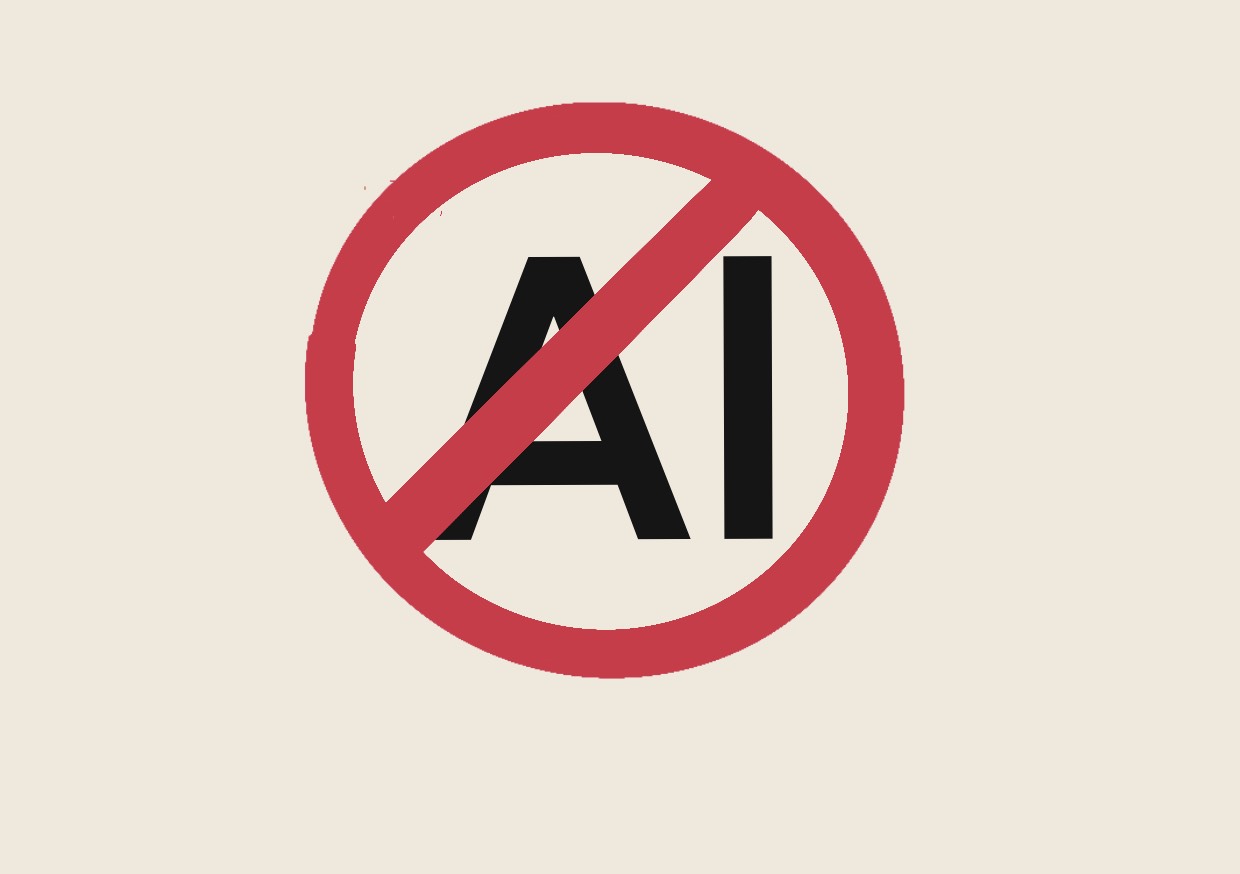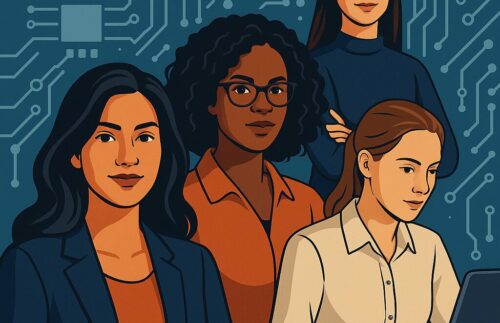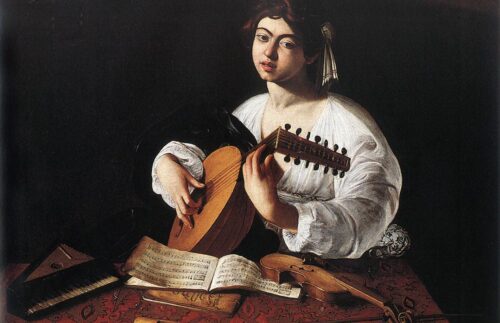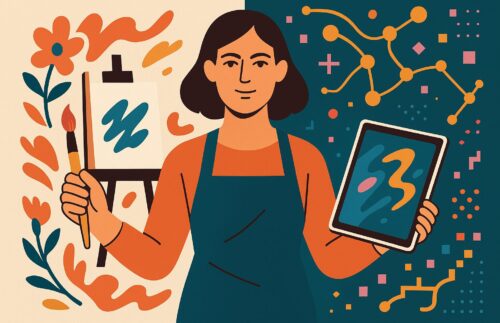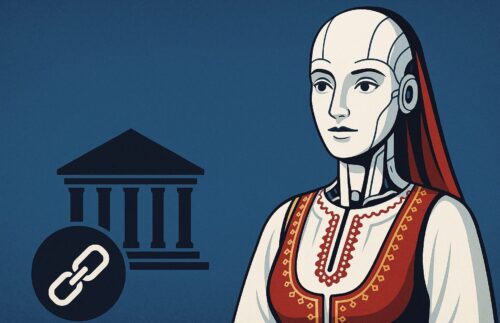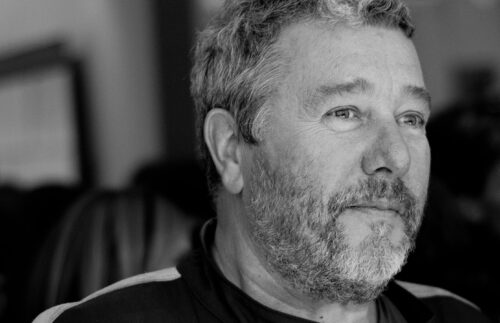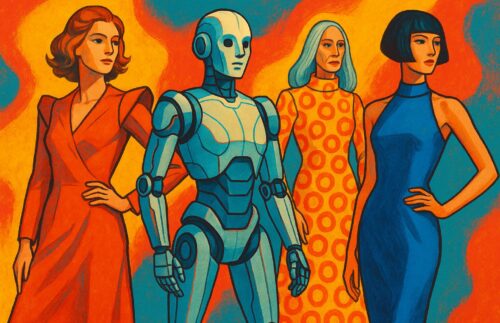As a professional artist who has been working in the creative field for over 20 years now, I am aware that copyright infringement is a very confusing matter in the art world. It is abundantly clear that by sharing one’s work on the internet, one cannot control who sees the work and how it is going to be used. Just how far does copyright protect one from other artists using your artwork?
Artists who are academically trained are taught to look for and research other artists’ work. There is also a school of thought which allows an artist to appropriate another artist’s work without any problems.
Richard Prince, for example, is a hugely successful artist who has built his entire career on appropriation. In 2011, the Gagosian Gallery in New York showed a body of work called ‘New portraits’ of Prince composed entirely of blown-up photos taken from his Instagram feed. The photos were made up of young women in seductive poses from several accounts. The only thing Prince changed were some sleazy comments he retained under the photos. There was an uproar of confusion and fascination about the artworks at the time especially when the world learnt the artworks were being sold at the price of 100,000 dollars at Frieze art fair.
In a similar fashion, current AI Art is being produced through the appropriation of data collected from the Internet of hundreds and thousands of artists and photographers without first consulting any of them.
Being an artist myself, thinking that all the work I created with love and dedication, can then be taken up by scientists and used to generate new artwork leaves me with a certain amount of excitement and hopes for a brighter future.
Nevertheless, it seems that a lot of artists do not share my sentiments on the topic. In fact, in December 2022, members of the online community Art Station began protesting against AI generated artwork by placing ‘NO AI ART’ images in their portfolios in response to AI generated images featured on the station a few days before. By participating in the protest, some artists wanted to disrupt how stable diffusion training works.
Stable diffusion is a popular open-source image synthesis model that creates novel images from text descriptions called prompts. The creators of the stable diffusion training datasets, that is the images that taught stable diffusion how to create images, included publicly accessible artwork copied from the Art Station website without the artist’s permission.
In reality, stable diffusion can only depict the artists, celebrities and other notable people who were popular enough to be well represented in the model training data. Simply put, a diffusion model cannot generate images with subjects and styles it has not seen very much of.
Nonetheless, lately the first public implementation of dreamboat using stable diffusion and open sourced, freely available to everyone, was released. Anyone with the relevant AI know how can use the model to create new artwork, based on the original stable diffusion training datasets.
Since then, there have been several dramatic attempts at optimizations in speed usability and memory requirements making it extremely accessible to fine tune it relate to multiple subjects quickly and easily. It is shocking how little effort it takes and how cheap it can be and how immediately fun the results can be to play with.
Many apps featuring on our Instagram feed are making everything even easier for one to simply upload a few photos of oneself, and in a couple of clicks generate incredible images of oneself as a superhero, nymph or whatever strikes one’s fancy for very little money.
If one thinks about it properly, AI art is only about rendering brush strokes and colours, which are but at the surface level area of art. There is no underlying symbolism, semantics or semiotics or even any understanding of the world in which we exist in.
In the light of such events and seeing how fast AI art is transforming, a human artist’s work is still far from being jeopardized by this technology, which opens up artistic creative opportunities and still needs to be wielded creatively to create artwork that will be appreciated by an audience. What makes an artist successful is how one manages to communicate to one’s audience by generating a connection and creating a familiarity that resonates with the viewer’s reality.
